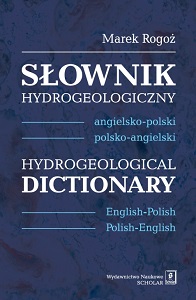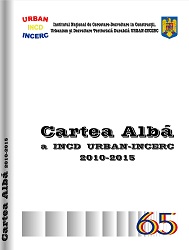
SŁOWNIK HYDROGEOLOGICZNY. angielsko-polski, polsko-angielski
Idea opracowania słownika powstała w wyniku doświadczeń autora, który przez ponad 40 lat, jako pracownik naukowy, zajmował się problematyką hydrogeologiczną, często korzystał z bardzo bogatej anglojęzycznej literatury naukowej i technicznej oraz współpracował z licznymi zagranicznymi placówkami badawczymi. W pracach tych poważnym utrudnieniem był brak dobrego, współczesnego słownika angielsko-polskiego i polsko-angielskiego terminologii hydrogeologicznej. Niniejszy słownik stanowi próbę uzupełnienia tego braku. Powinien on ułatwić polskim pracownikom naukowym oraz licznej rzeszy studentów hydrogeologii, górnictwa, ochrony środowiska i nauk pokrewnych korzystanie z anglojęzycznej literatury technicznej i naukowej, bez której ani poważnie traktowane studia, ani postęp naukowy nie wydają się możliwe.W słowniku uwzględniono nie tylko terminologię czysto hydrogeologiczną, ale również wykorzystywane w hydrogeologii terminy z nauk i dziedzin pokrewnych, jak matematyka, fizyka, geologia, ochrona środowiska itp. Ze zrozumiałych względów lista terminów z poszczególnych dziedzin nie jest pełna: przy ich doborze kierowano się doświadczeniem i intuicją autora. Słownik, zarówno w wersji angielsko-polskiej, jak i polsko-angielskiej, ma budowę gniazdową – do każdego hasła głównego włączono najczęściej występujące terminy złożone, zawierające to hasło. W obrębie danego gniazda wyraz hasłowy skracany jest do pierwszej litery. W celu zwiększenia funkcjonalności słownika zamieszczono w nim osobne zestawienia: ważniejszych skrótów i skrótowców stosowanych w pracach angielskich i polskich oraz jednostek miar stosowanych w krajach anglojęzycznych z przeliczeniem na jednostki Międzynarodowego Układu SI. W słowniku zastosowano ortografię brytyjską.
More...















